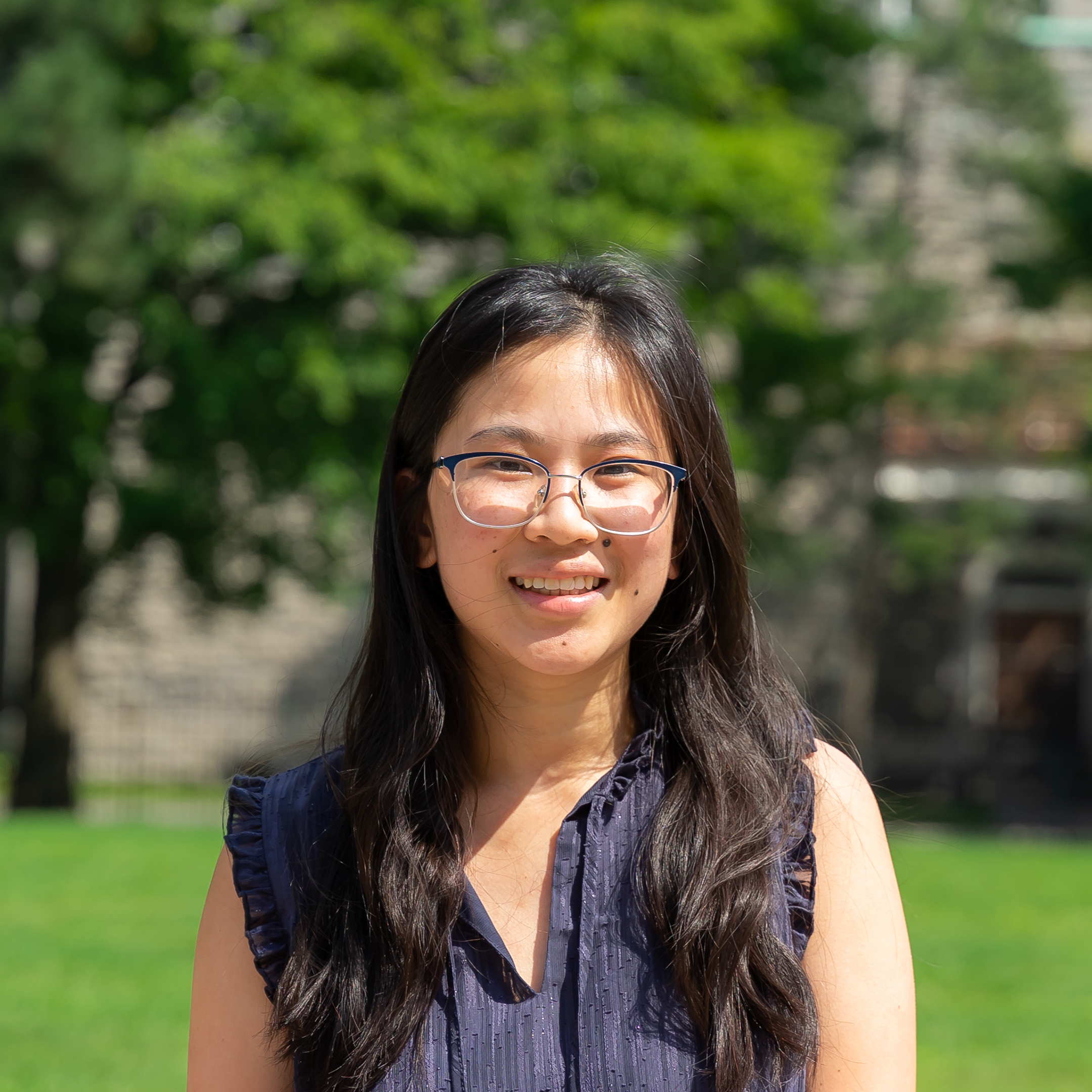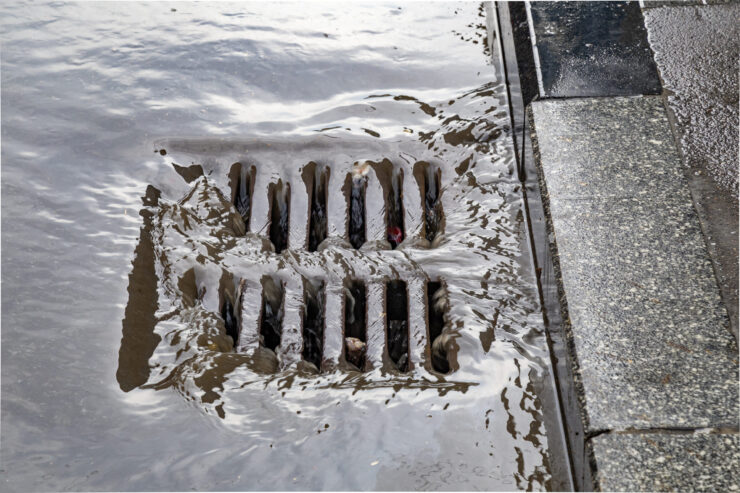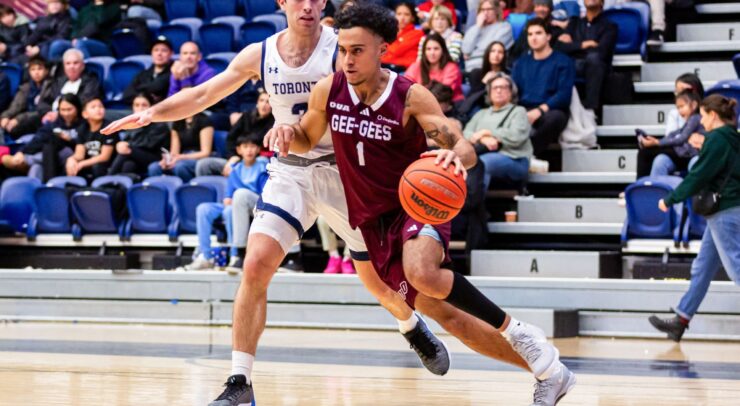IT’S LIGHTS OUT AND AWAY WE GO!
The Fulcrum spoke with fellow Formula uOttawa team members to discuss their plans for this year, as well as recap their summer at the Formula Society of Automotive Engineers (FSAE) competition.
2023 Shootout
This fall, Formula uOttawa attended the annual international shootout race hosted by the University of Toronto. It’s designed to be a friendly event where teams from other universities can compete and showcase their hard work. If I had to equate this to a Hollywood award show, I’d say it’s like the VMA’s — more laid back and generally a good time. However, according to all interviewees, this doesn’t stop some of the larger teams from taking the event a little too seriously.
For us though, it’s a good opportunity to get the car on the track and have some quality practice.
FSAE Competition
If shootout is like the VMA’s, think of the FSAE competition as the Oscars — this is big league shit. Except instead of the Dolby Theatre in Los Angeles, it’s the Michigan International Speedway in Brooklyn.
The competition itself takes place over the course of four days, where the first is spent sweating through a rigorous technical inspection and the last three are when teams can start earning points. The events are broadly separated into two types, static and dynamic.
For static, the teams are expected to participate in the presentation event, cost and manufacturing event, and design event, during which they can earn up to 325 total points. An example of one of these types of events comes in the form of a business presentation and scenario, where the team is expected to respond to certain scenarios provided by the judges.
This year, “we picked [the scenario that asked] what if [one of] our components was not being manufactured anymore. Meaning, we couldn’t get it from a specific distributor. [Our response to this] was either [find a] replacement or [alternative solution], or do it in house,” said ergonomics team lead Sebastien Olivier.
Before teams can even consider entering into the dynamic event they must pass the dreaded technical inspection, which was described by technical director Jacob Godin, as quite stressful.
This portion of the competition is particularly difficult according to team manager Cal Doyle, because it can be hard to gauge if you’ve done well. On top of that, judges tend to ask a lot of questions contributing to this overall unsettling feeling.
Liam Sitar, lead frame designer added, “These judges aren’t just random people, they’re all professionals in specific areas and at massive companies. [For example], some were lead suspension engineers at GM. These guys really know what they’re doing, so it’s really nerve-racking trying to explain your little system when they’ve had so much experience behind their back.”
During the dynamic event types, the teams are tested in acceleration, skidpad, autocross, efficiency, and endurance, which can earn teams a maximum of 675 points.
In terms of performance, “this year was our most successful, it was the first time for our team to ever finish every single competition [including] endurance (22 kilometres total). So it was a big feat for our team and we didn’t just do it, we did it very well. We were [able] to compete against some pretty strong teams [and stay at their level]. So we looked really good,” said Doyle.
Notably, in a previous Fulcrum article originally published in 2021, “a goal for the formula team has been to complete an endurance test, which involves racing for 45 minutes straight alternating drivers halfway. The team has never been able to complete one.”
If you’re a numbers person, they scored a total of 394.8 points and placed 49th overall out of 114 teams.
The new car
New year, new car? That seems to be the unofficial motto for the U of O formula team. Or would it be, new year, same car? Since the goal is to make incremental improvements based on the car from previous years.
Godin elaborated, “We have to rebuild the frame every year, so that already there is a pretty big [job]. Some years we focus more on just tuning and adjustments and other years we focus more on design. So this coming year is going to be a big design year.”
He added, “We’re redesigning the suspension, implementing a differential, adding a diffuser and aerodynamic diffuser, redesigning the pedal box, adding an electronic clutch, and finally, new intake and exhaust.”
The team is always looking for new members, so if you’re more keen on getting in under the hood, you can attend their ‘kick-off meeting’ to learn more about the team.






